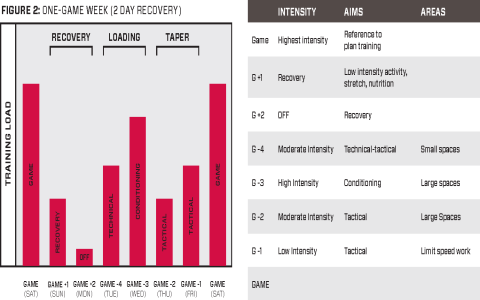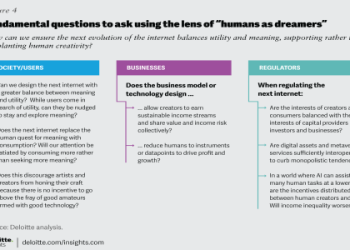Soccer is a high-speed, contact-heavy sport where split-second decisions can decide the score—or destroy a season. From ruptured ACLs to complex ankle fractures, major injuries in soccer have become a recurring headline that clubs, fans, and medical teams dread. Understanding why these injuries happen, how they can be reduced, and what modern rehabilitation looks like is essential for anyone invested in the beautiful game.
I. Why Major Injuries Are Rising
1. Congested Calendar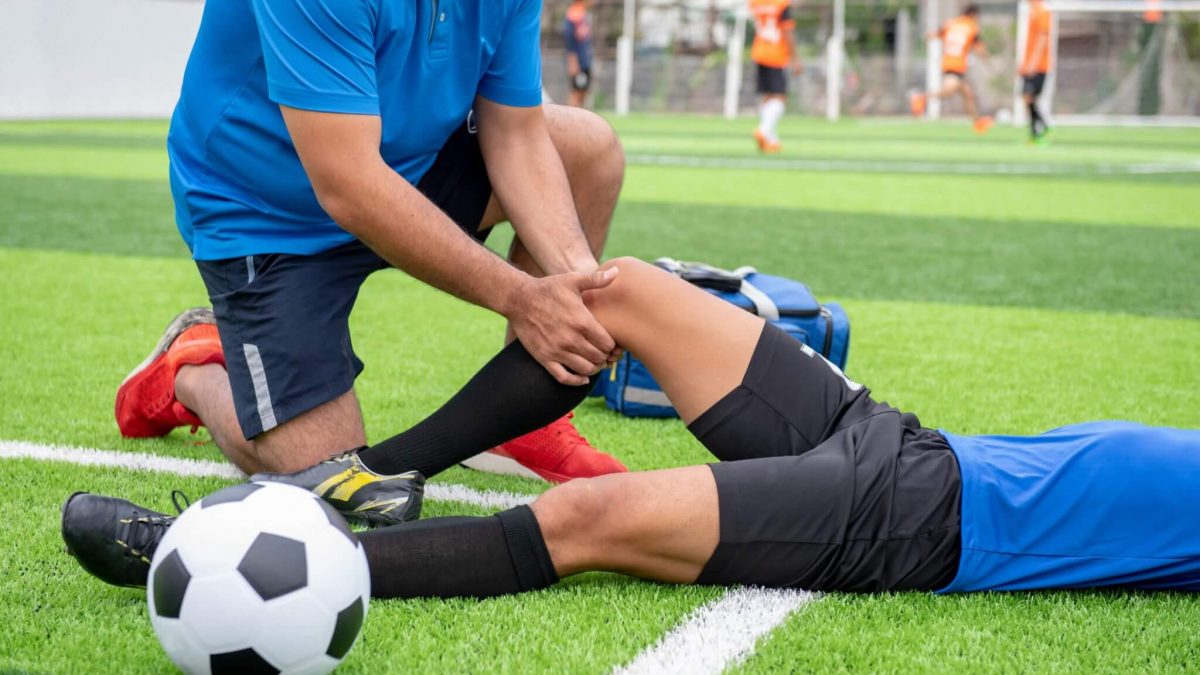
2. Higher Intensity, Higher Speed
GPS data show average sprint counts rose 35 % in the last decade. Faster cuts and accelerations increase joint loading, especially on the knee’s anterior cruciate ligament.
3. Early Specialization
Academy players often train five days a week before age 14. Repetitive loading without multi-sport crossover limits musculoskeletal resilience.
II. The Injury Landscape
• ACL rupture: 6–9 months out; recurrence risk 5–10 %.
• Hamstring strain: most common muscle injury, 12 % reinjury rate within two months.
• Ankle syndesmosis: can sideline a player longer than a fracture if instability is missed.
• Concussion: under-reported; second-impact syndrome can end careers.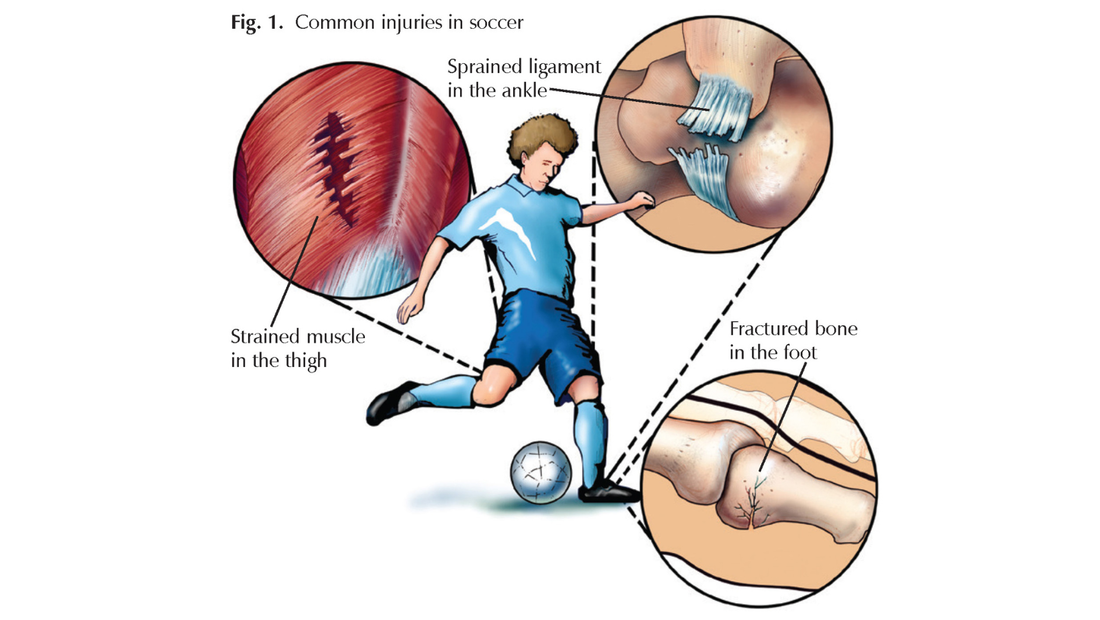
III. Prevention in 2024: Science, not Superstition
1. Individualized Load Management
Clubs use AI-driven platforms (e.g., Zone7, Kitman Labs) that flag injury probability 48 hours before training. Red-zone athletes are prescribed low-impact sessions or full rest.
2. Nordics and Copenhagen Adductor Protocols
Just three 5-minute sessions per week cut hamstring and groin injury rates by 41 % in Premier League trials.
3. Multi-axis Strength Screening
Isokinetic dynamometers detect >15 % strength imbalance between quads/hamstrings; targeted correction drops ACL risk 3-fold.
4. Footwear & Pitch Interaction
Hybrid grass reinforced with 3 % polypropylene and variable-length studs reduce torsional traction by 8 %, sparing the knee in rotational maneuvers.
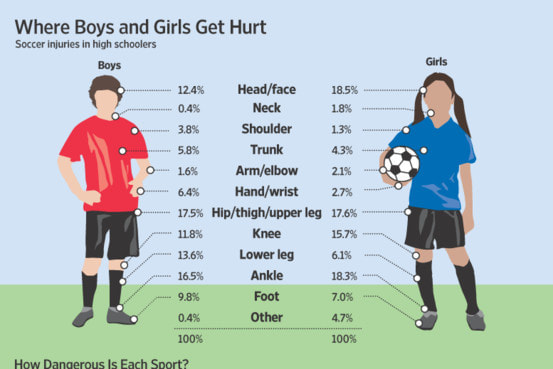
5. Concussion Spotters
FIFA now mandates independent doctors with video replay authority; average diagnosis time fell from 9 to 3 minutes.
IV. Road to Recovery: Beyond the MRI
1. Phase-1 Molecular Window
Growth-factor injections (PRP, autologous IL-1Ra) within 48 hours modulate inflammation, shortening ACL graft integration by 10–14 days.
2. Neuro-cognitive Rehab
VR headsets retrain peripheral vision and reaction time; studies show a 20 % reduction in second ACL injury when proprioceptive drills include dual-task VR.
3. Return-to-Play Algorithm
A player must hit ≥95 % of pre-injury isokinetic strength, decelerate from 30 km/h to 0 in <4 seconds without asymmetry, and pass a customized psychological readiness survey. Only 3 % who clear every tier re-injure within 12 months.
4. Mental Health Support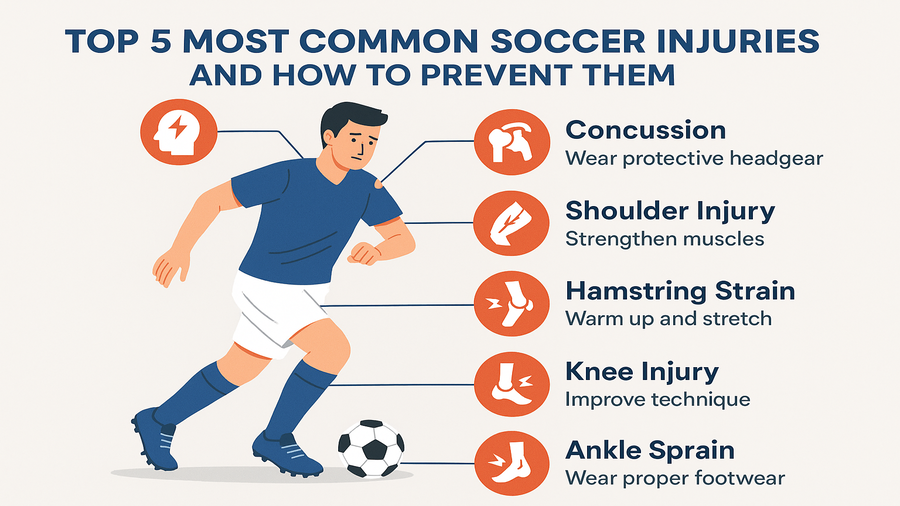
V. The Future
Stem-cell augmented grafts, AI cleats that change stud length mid-game, and nano-sensor socks that detect micro-damage before symptoms emerge are all in late-stage trials. Within five years, predictive analytics may reduce major injuries in soccer by up to 30 %—if governing bodies balance innovation with ethical data use.
Until then, the smartest strategy is layered: respect biological limits, individualize every workload, and treat the brain as seriously as the hamstring. Because in modern soccer, the strongest squads are not just the richest—they are the healthiest.


